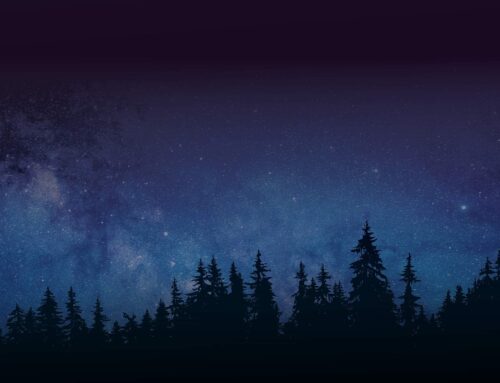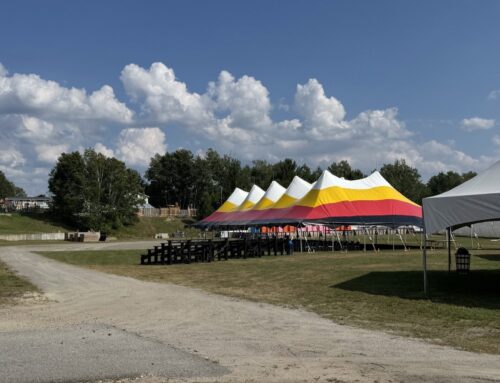By Jamie McKenzie
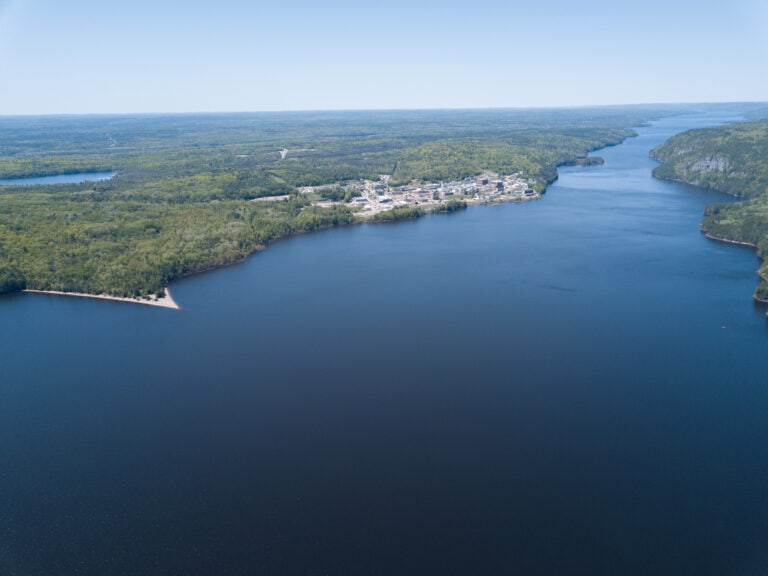
Current CNL site
Since 2019 Kebaowek First Nation has been one of the communities involved in trying to stop the creation of a Near Surface Disposal Facility (NSDF) located in Chalk River, Ontario which is about three hours south of the community of Kebaowek.
The NSDF is being proposed by the Canadian Nuclear Laboratories (CNL) as a disposal site for nuclear waste in Canada.
“The NSDF project as it’s currently proposed is basically a 37 hectare large mound that they would create to store all low level and intermediate level waste that’s currently being stored on site as well as from any other waste that’s created across Canada for anything nuclear,” said Councilor Justin Roy.
The mound is expected to be about 100 meters tall, for a better understanding of the size of the proposed mound, the community of Kebaowek is currently 57 hectares, the NSDF mound will be about two thirds the size of Kebaowek.
The mound will last 300 – 400 years, says Roy, some of the radioactive waste that will be stored on the site takes that time to become just half as radioactive while others will take billions of years.
While Chalk River is about three hours away from Kebaowek, Roy says it’s still in Algonquin territory and that’s why the community is so actively involved. Kitigan Zibi Anishinabeg has also been involved, both communities as well as the Algonquin Tribal Council have been working together.
“We are Algonquin people, we are part of the Algonquin Nation and it’s part of our inherent rights and titles that we have and responsibilities that we have as Algonquin people to protect all of the Algonquin Nation, all the Algonquin territory and that means all the land, water, air and all the living creatures that call these spaces home,” said Roy.
The NSDF site is not only located on Algonquin territory, but the site is also less than a kilometer away from the Ottawa River.
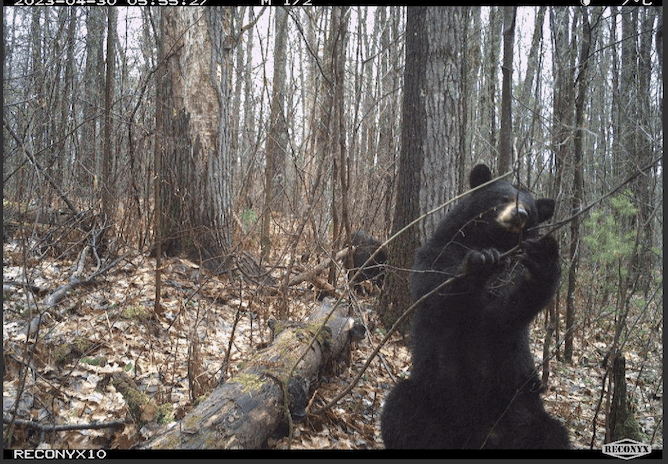 “The Ottawa River is the blood, the lifeline, the main artery of the Algonquin Nation,” and for that reason Roy says this is not a project he can just stand by and watch happen.
“The Ottawa River is the blood, the lifeline, the main artery of the Algonquin Nation,” and for that reason Roy says this is not a project he can just stand by and watch happen.
“To think what our ancestors would think of us allowing a nuclear waste mound, 37 hectares in size and over 100 meters storing radioactive waste that will be there for millions and billions of years, I really don’t think that’s what our ancestors envisioned of us in the future,” said Roy.
The location is not the only issue with the NSDF site. This project originally began in 2016, Kebaowek First Nation and Kitigan Zibi say they were never properly consulted.
For the NSDF to be approved CNL has to acquire the licenses and approval from the Canadian Nuclear Safety Commission (CNSC), but in June 2022 the CNSC determined that proper consultation was not done and that all parties must go back to meeting to ensure proper consultation.
For about a year now, both communities have been working together on their written submission. Roy says they wanted to do the research themselves rather than trusting everything that CNL has said about the risks. He’s hoping that with all the work they’ve been doing that it’ll put a stop to the NSDF or at least make them rethink the location.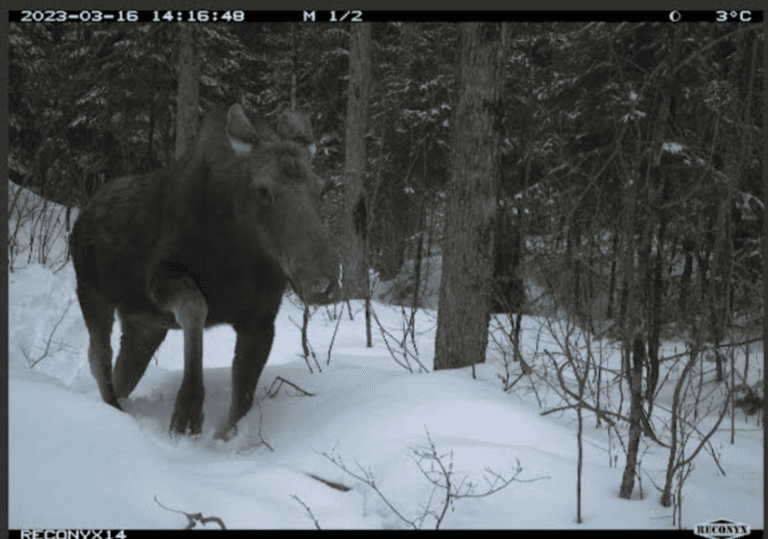
Roy says they were able to go to the site and in just three months they found many gaps in the studies done by CNL.
“We were able to find three active bear dens, we were able to determine that it’s a moose wintering yard, that there’s deer there, there’s wolverine, the eastern wolf which is an endangered species that’s protected federally… wildlife is striving in that site, they are active, they are healthy looking,” he said.
“It was tremendous what we’ve been able to uncover in just two to three months being active on the site so it only goes to say what we would have been able to accomplish if we were there since 2019 when we really got involved or since 2016 when the project was first announced,” said Roy.
The virtual hearing for this project will be on August 10th and Roy says they are planning on bringing friends and allies to the hearing to show how much support they have. Until then, Kebaowek and Kitigan Zibi will be working to bring more awareness to this project.
“I’d like to think that Indigenous consultation doesn’t just mean listening to us the people, the human beings, but it means speaking for and acting on the behalf of the water, the land, the air and all the animals and creatures that call these places home,” said Roy.
A decision will be made on whether to approve the NSDF project or not after the hearing.


